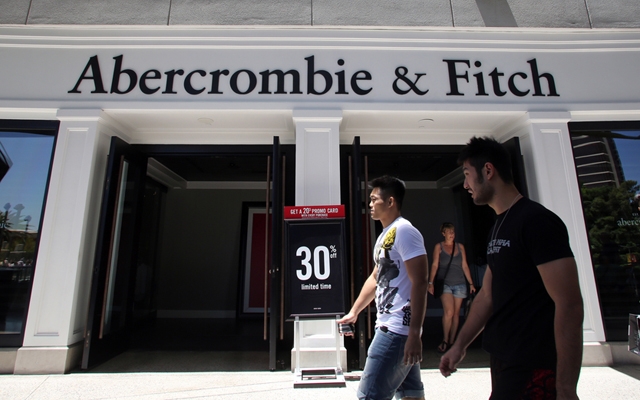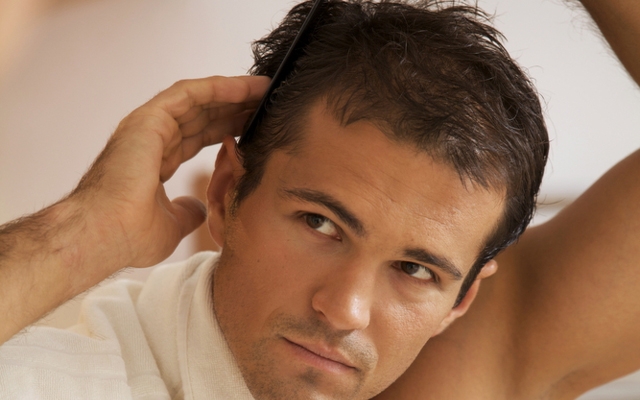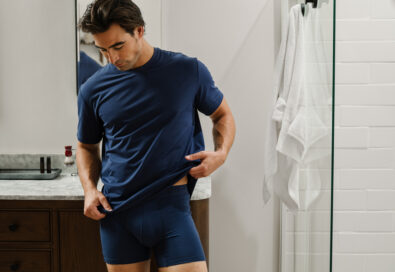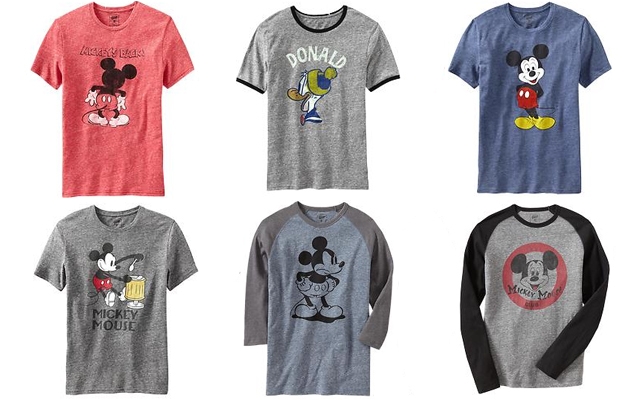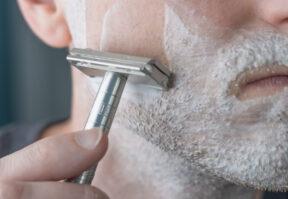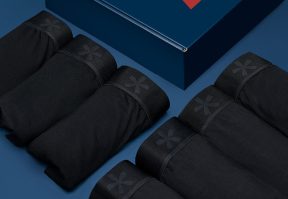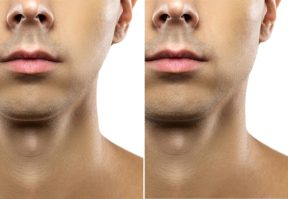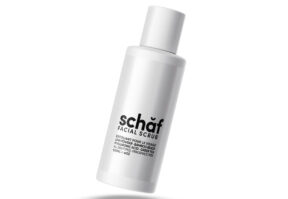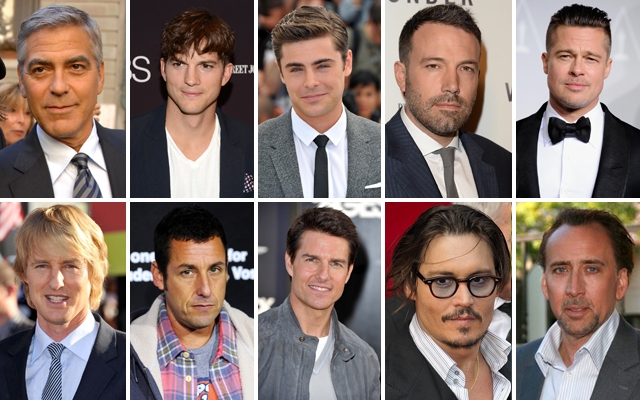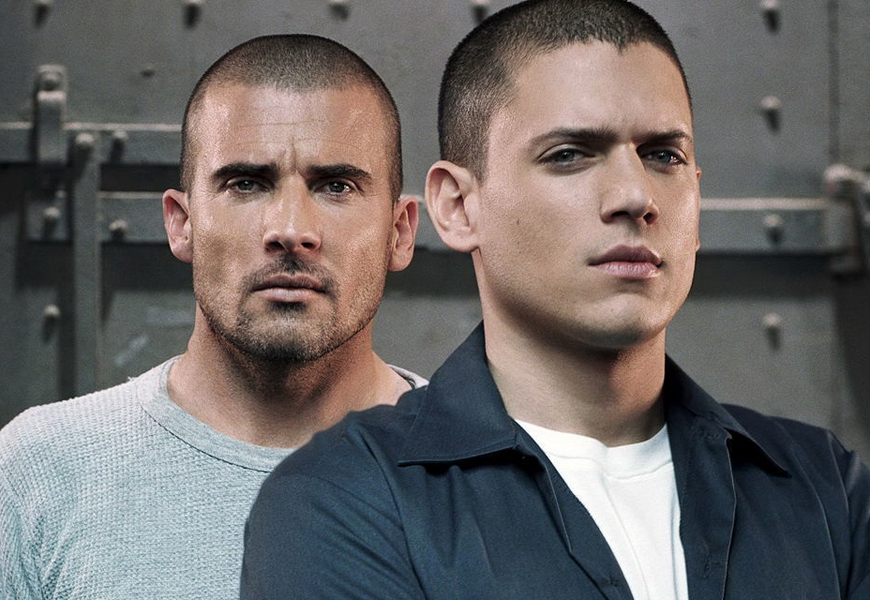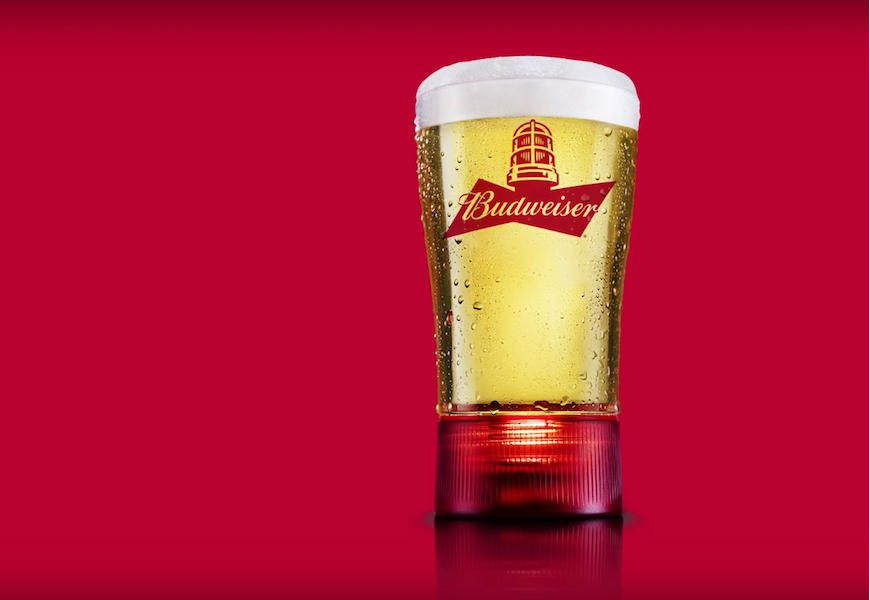When it comes to the retail fashion business, image is almost everything. People are willing to buy clothing simply because of the brand name attached to it, but if that brand name is weighed down by a reputation for discrimination, fat-shaming, and sexually explicit and insensitive marketing, there is a pretty good chance consumers are going to start taking notice. Abercrombie & Fitch has always marketed itself towards young people looking for “causal luxury”, and they have enjoyed popularity among groups who pride themselves on exclusivity, like fraternities and sororities. But that attitude started to catch up with them as far back as ten years ago.
In 2005, Abercrombie & Fitch settled a lawsuit filed against them by several thousand female and minority former employees for discrimination. A&F agreed to pay out $40 million to the plaintiffs, and also implement a program to focus on offering more employment opportunities to females and minorities. They also had to abandon their long followed practice of targeting the Greek system in colleges and universities for recruitment. In short, A&F was no longer permitted legally to hire employees based on their frat status, and physical appearance.
In 2011, A&F offered Mike “The Situation” Sorrentino, and other cast members of Jersey Shore a “significant payment” if they stopped wearing Abercrombie-branded clothing. They thought being associated with the wild partiers of Jersey Shore was going to hurt their image, but later they were hit with a lawsuit for selling shirts that said “The Fitchuation” and “GTL… You Know The Deal”. So, first they wanted to distance themselves from Jersey Shore, and then they wanted to capitalize on its popularity. Perhaps a case of thinking too highly of themselves, and it didn’t stop there.
There have been at least 4 lawsuits filed against A&F relating to their “Look Policy” which requires the employees look and dress a certain way that goes far beyond simple hygiene. One employee with a prosthetic arm was not allowed to work on the sales floor, and Muslim employees were not permitted to wear the hijab they wore for religious reasons, to work. They were also accused of preferentially hiring Caucasian males, and giving bonuses to the ones who were willing to work without a shirt on.
The discrimination, sexism, and inappropriate sexual overtones don’t stop with the treatment of their employees either. The products available for purchase have sparked multiple controversies in the last 15 years. Graphic T-shirts saying things like “Who needs brains when you have these?”, “I had a nightmare I was a brunette”, and “Available for parties” sparked a “girlcott” of the stores. The children’s stores selling thongs and underwear with phrases like “Wink Wink” and “Eye Candy” for preteens also caused a nationwide protest. A T-shirt featuring the slogan “Wong Brothers Laundry Service — Two Wongs Can Make It White” was pulled from the shelves and discontinued after a protest in 2002. Clearly their clothing designers have no concept of not only political correctness, but of basic human decency.
As recently as August 2014, A&F’s profit margins have been considered abysmal, and some experts have suggested that it is their focus on exclusivity that is failing to resonate with their target market. The average teenager is not as interested in quality, as they are in being able to follow the trends within their limited budget, and A&F’s prices are considered the highest within the youth market. Their obsession with being seen as “luxury” isn’t exactly helping their bottom line.
In 2013, a quote by CEO Mike Jeffries from a 2006 Salon.com interview went viral. He said,
That’s why we hire good-looking people in our stores. Because good-looking people attract other good-looking people, and we want to market to cool, good-looking people. We don’t market to anyone other than that.” … “In every school there are the cool and popular kids, and then there are the not-so-cool kids. Candidly, we go after the cool kids. We go after the attractive all-American kid with a great attitude and a lot of friends. A lot of people don’t belong [in our clothes], and they can’t belong. Are we exclusionary? Absolutely.
But in December of 2014, Jeffries retired as the CEO of Abercrombie & Fitch, signalling a possible change in the direction of the company. Maybe they are finally realizing that the “cool, attractive” kids are actually the minority. That there is a huge number of consumers in the youth market that they are willingly ignoring. They had finally started offering clothing larger than a size 10 in the last year, but that is only one step towards welcoming anyone and everyone to shop in their stores.
Abercrombie & Fitch did make some changes in 2014, including beginning to eliminate the huge logos that no one seems to want on their clothes anymore, engaging social media influencers on Instagram, expanding its eCommerce presence, and reducing the overt sexuality in their advertising. By refocusing funds in the right direction and making the store about everyone, instead of just the elite few that are worthy, A&F might actually be able to bounce back from a long history of being the “mean girl” of teenage clothing stores. But only time will tell.

